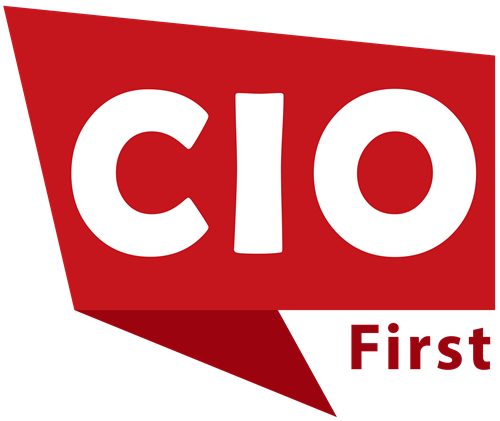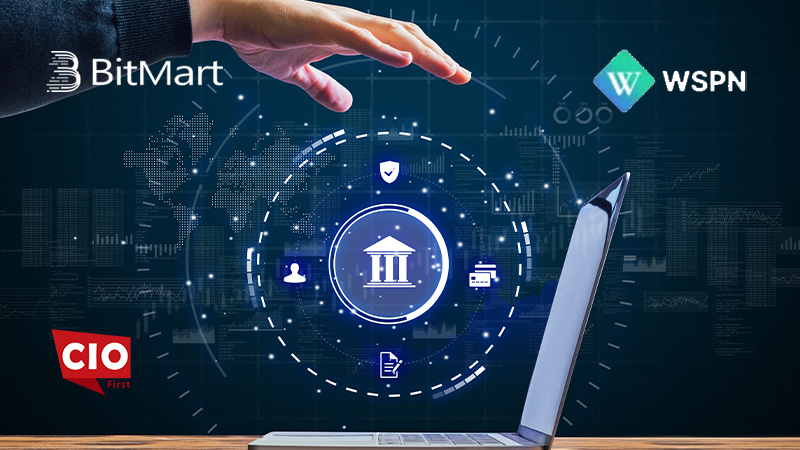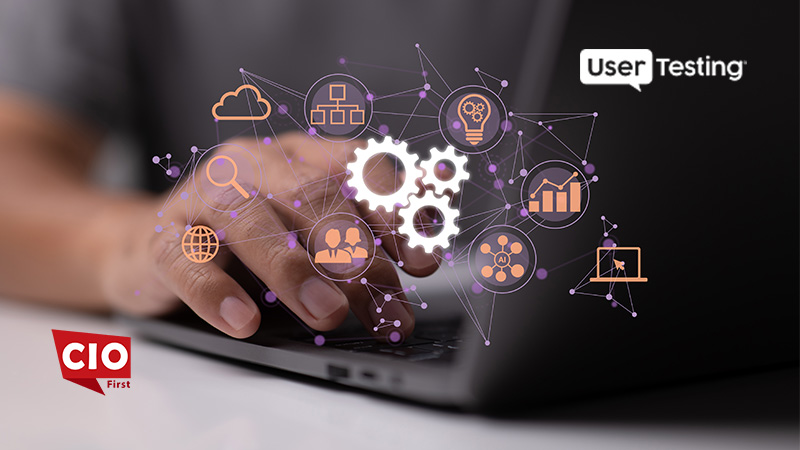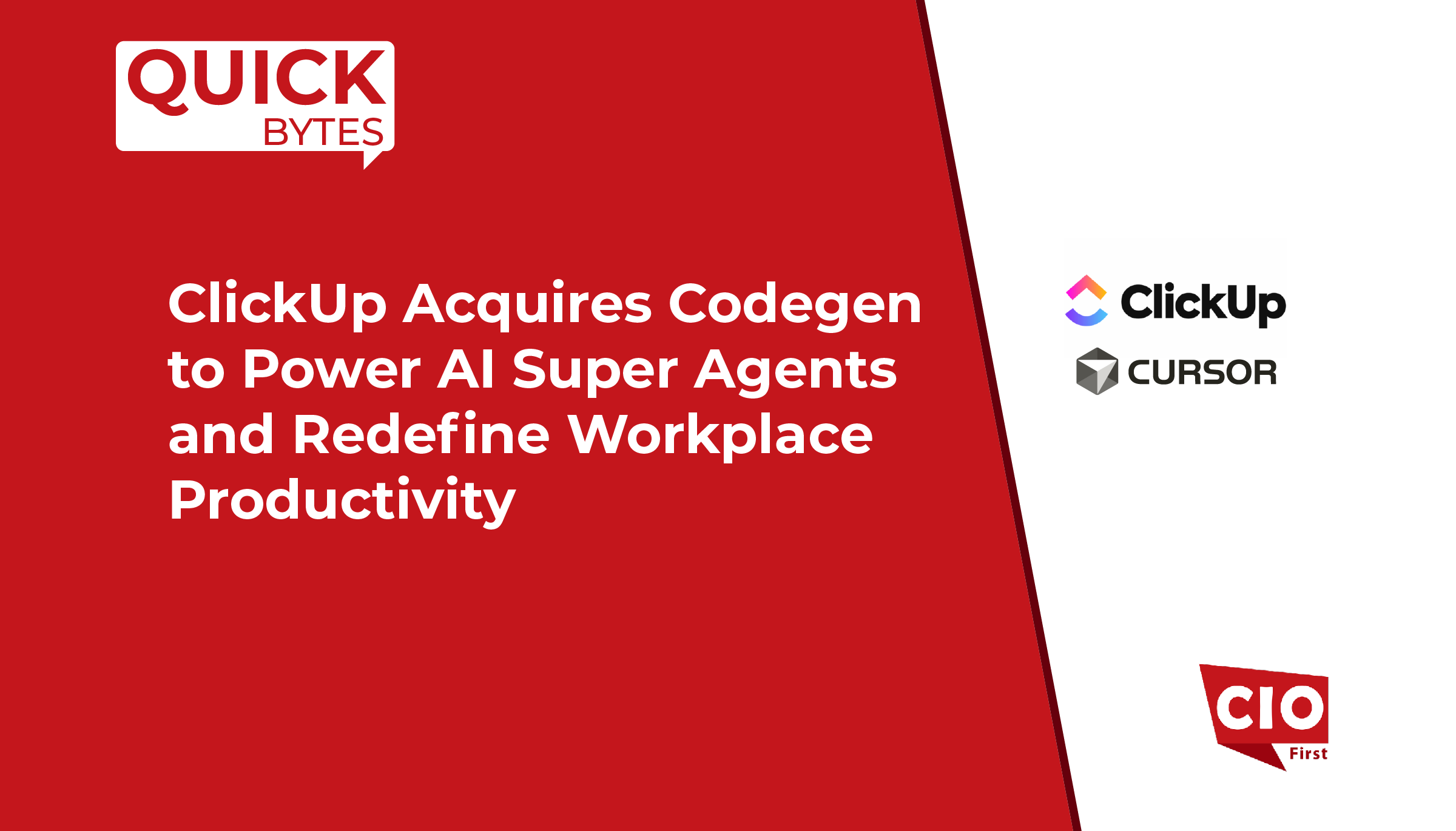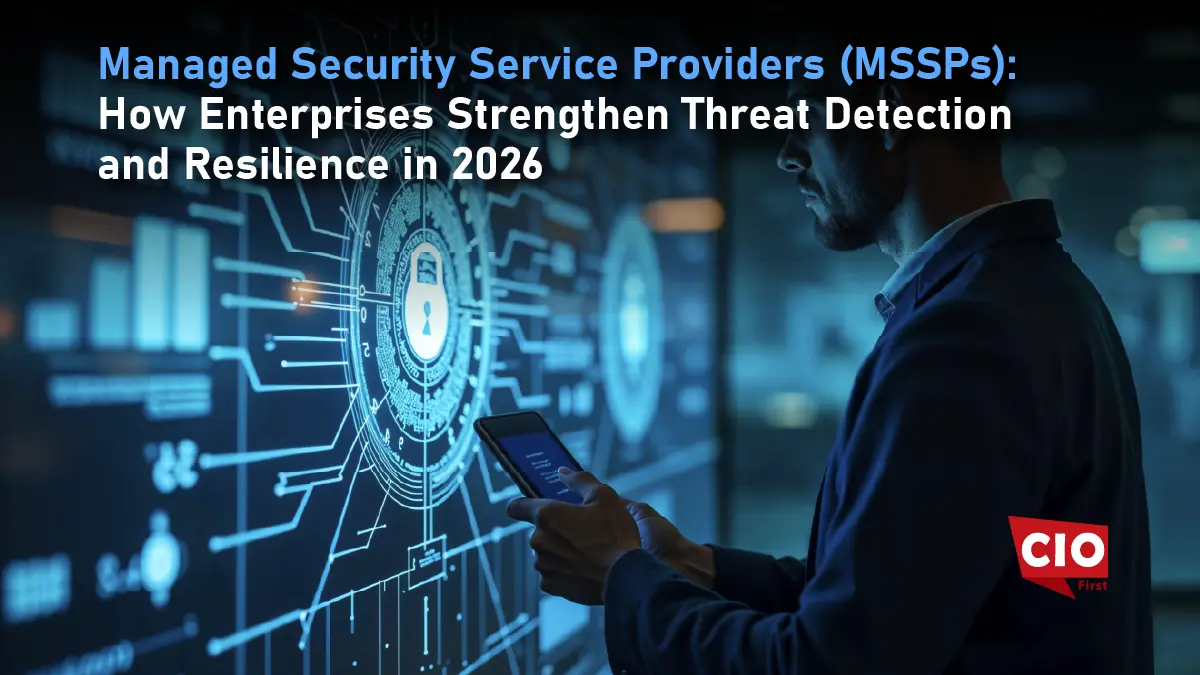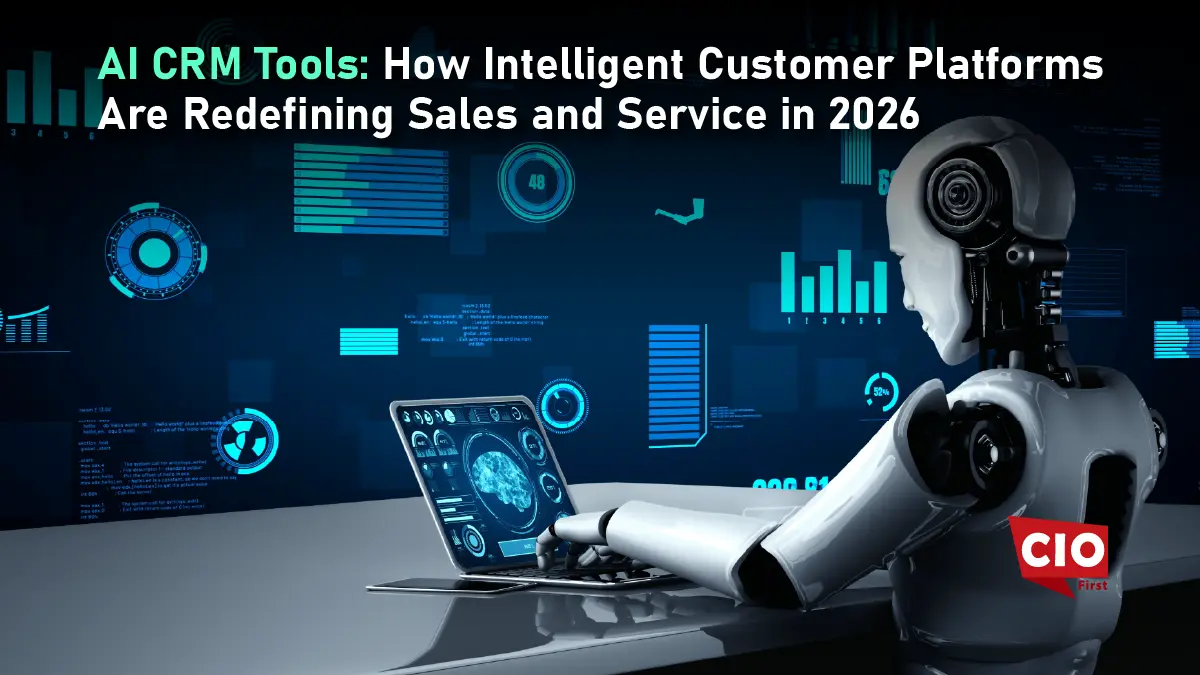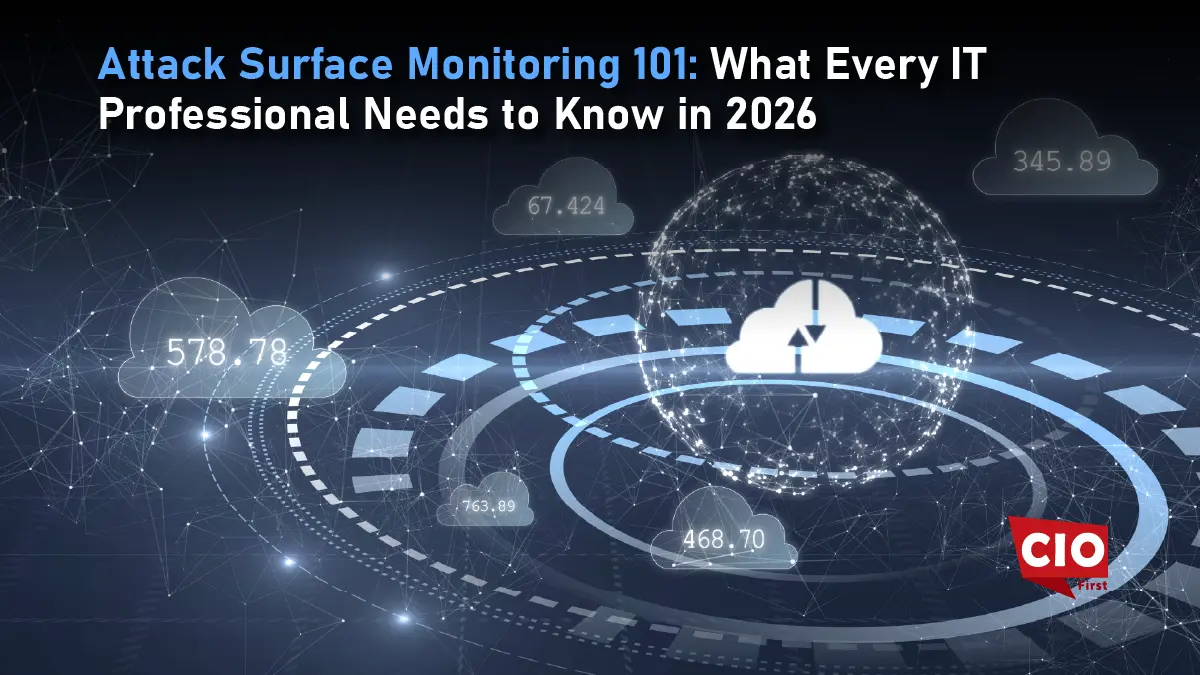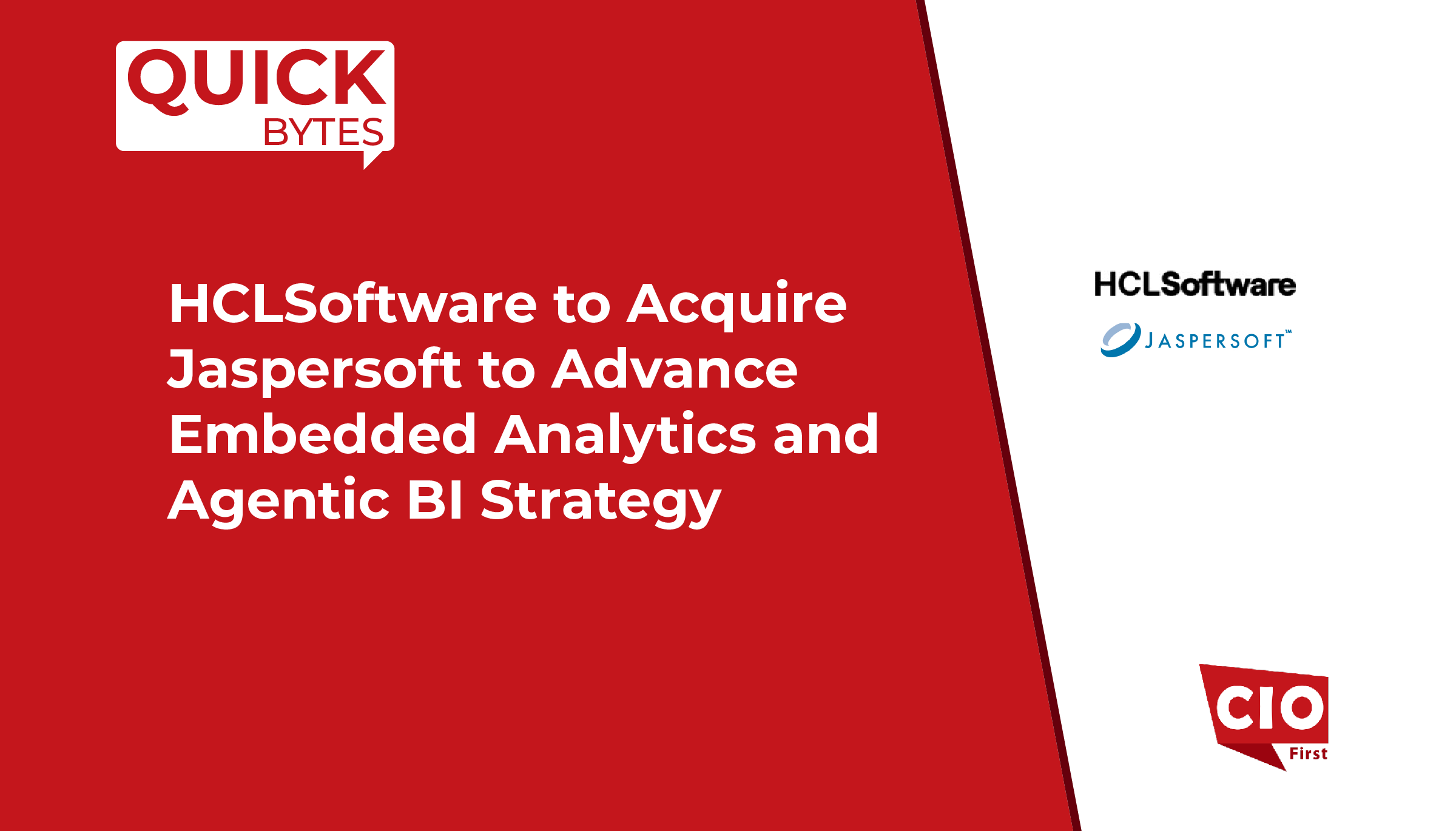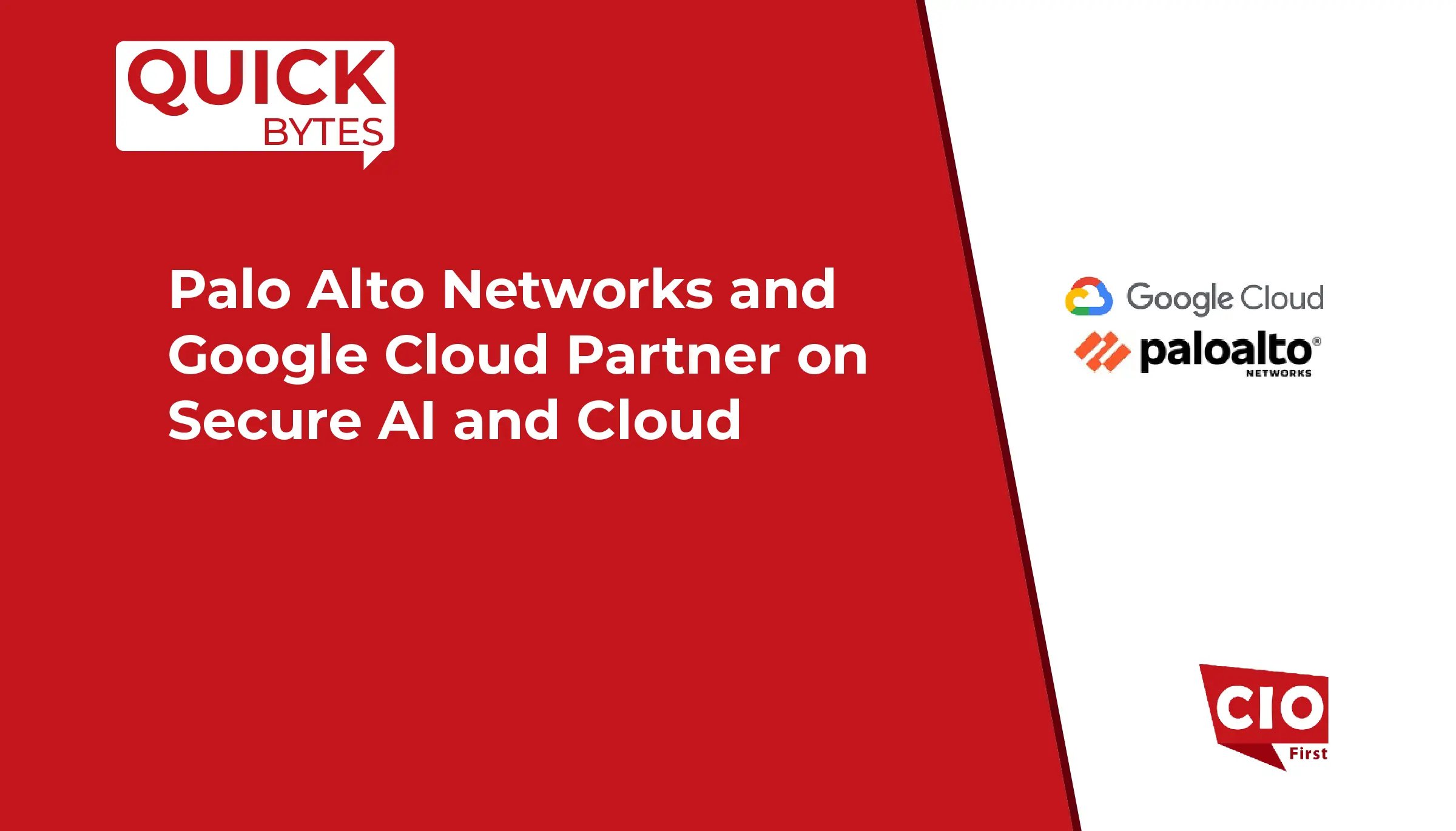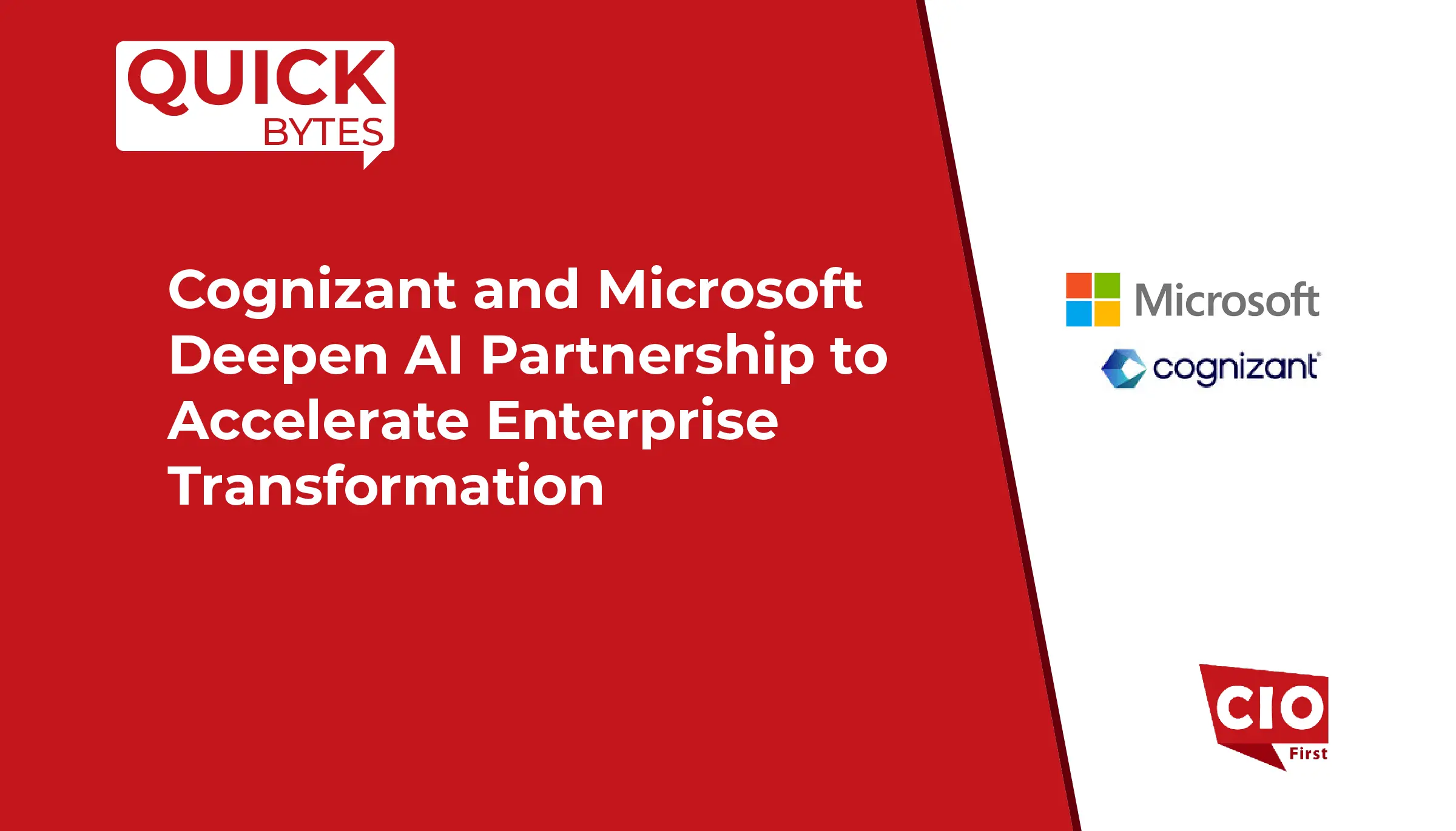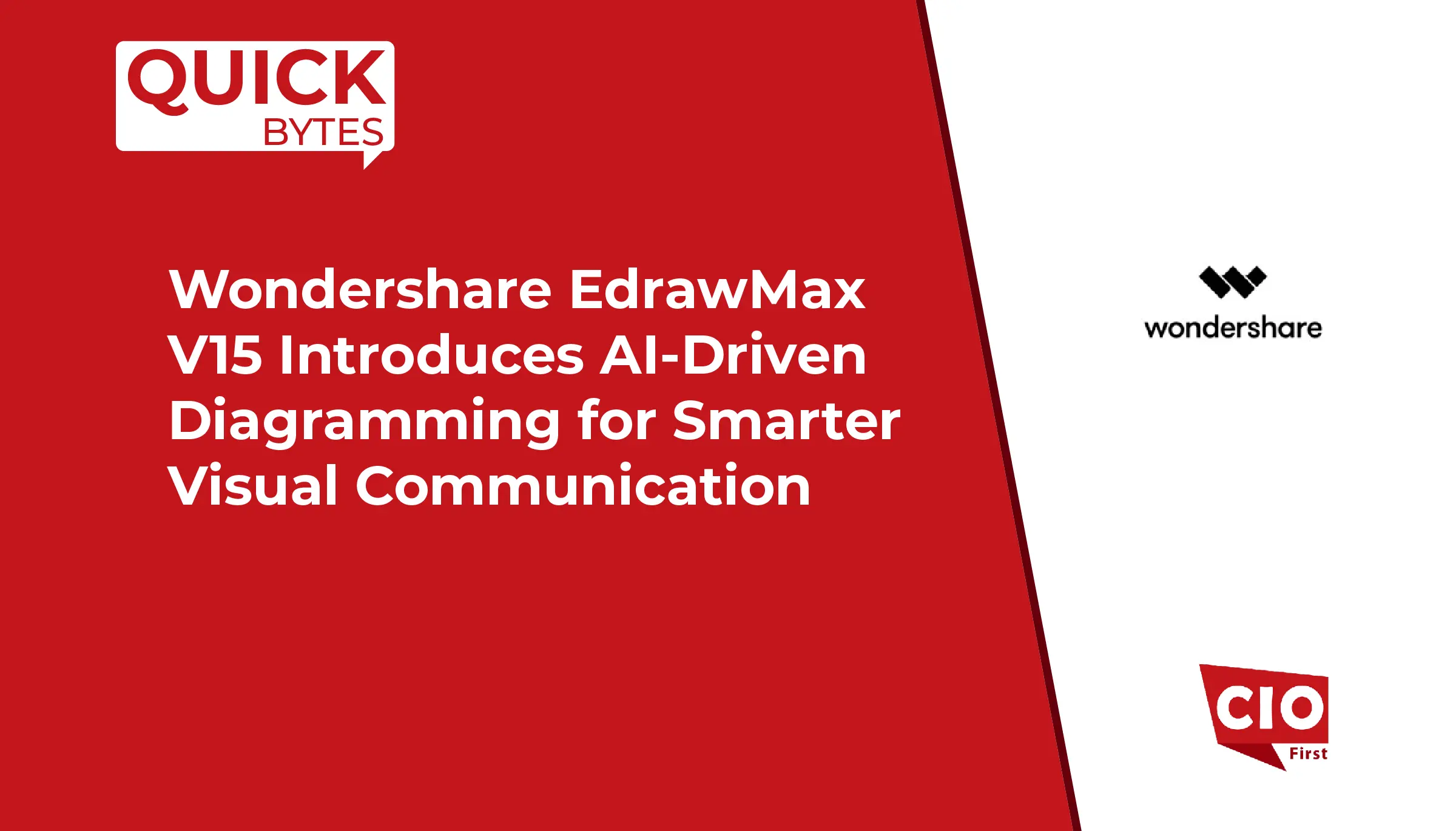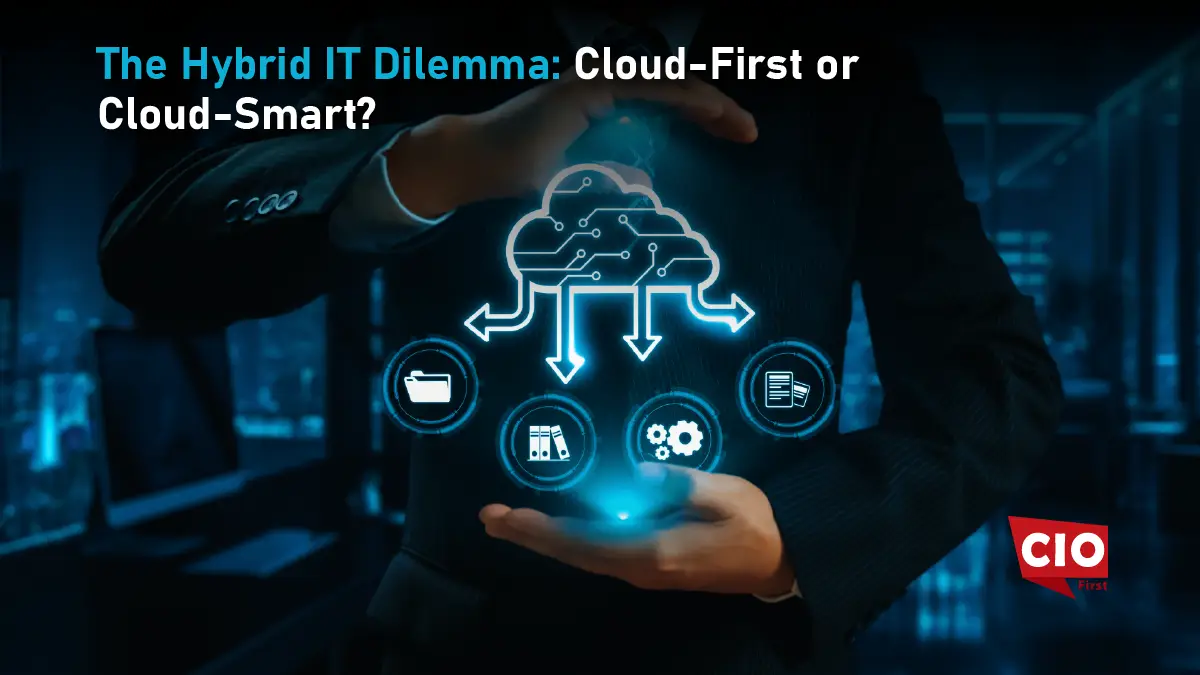Operating chief officers are under a lot of stress, and with the digital transformation being their main goal, they still have to manage costs, ensure security, and make the operations more efficient. The question that organizations ask is not whether and if they should go for the cloud but rather how to go for it in a way that supports their business priorities and long term objectives.
The use of hybrid IT, i.e. the combination of in house infrastructure, private cloud, and public cloud services, has been embraced as the cornerstone of enterprise IT in the digital age. This model enables firms to have full control over systems that are critical while still utilizing the ease of use and scalability of the cloud.
IT leadership is thus faced with a core dilemma; should they adopt a Cloud-First approach, which would mean rapid adoption and innovation as top priorities or a Cloud-Smart strategy, where every step is carefully mapped out and aligned with business value and regulatory requirements? The correct decision is not the same for all organizations, it depends on their technical environment, risk acceptance, and strategic goals, thus making hybrid IT a complex and perpetual choice.
The Cloud-First Approach to Innovate at Speed
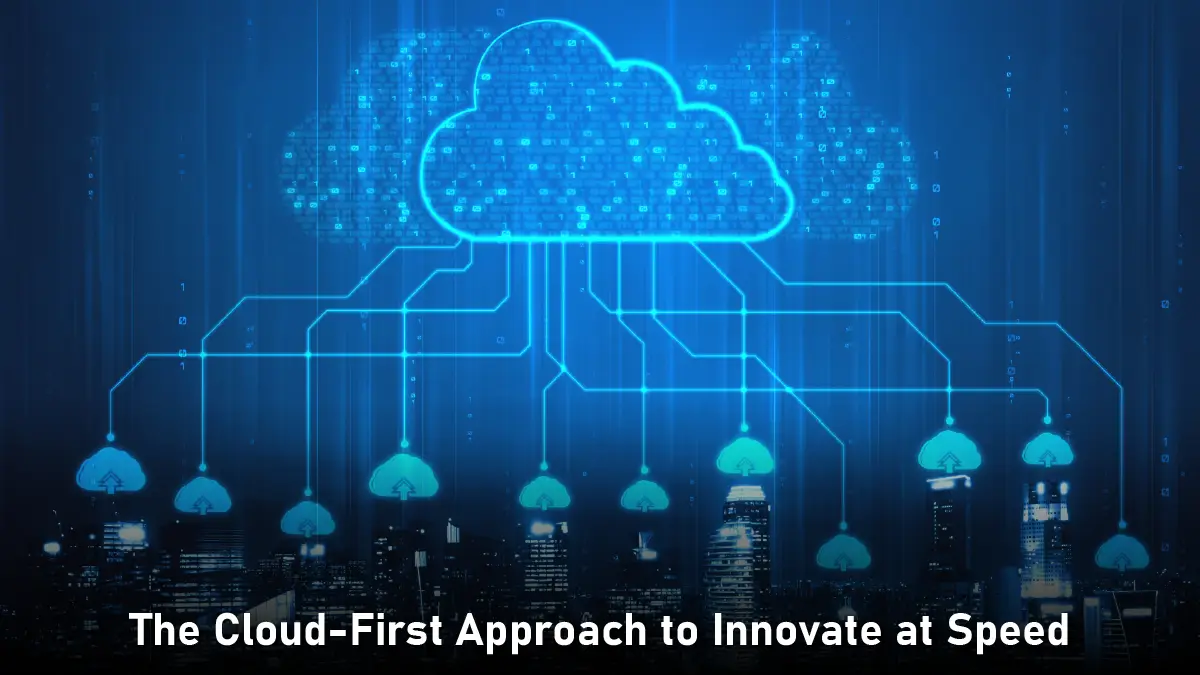
The Cloud-First approach is a strategic mindset where new applications and services are designed and deployed in the cloud by default. Instead of building on-premises systems first and then considering cloud migration, organizations prioritize cloud environments from the outset, allowing them to leverage the flexibility and scale of modern infrastructure.
One of the main advantages of Cloud-First is agility. Teams can deploy new applications quickly, iterate based on feedback, and scale resources on demand without being constrained by physical hardware limitations. This speed not only accelerates project timelines but also allows companies to respond faster to changing market needs.
Innovation is another significant benefit. Cloud-First organizations gain immediate access to advanced technologies such as artificial intelligence, machine learning, and serverless computing. These tools empower teams to experiment with new features, automate processes, and deliver more personalized experiences to customers. According to McKinsey, large enterprises are targeting roughly 60 percent of their environment in the cloud by 2025, highlighting the growing recognition of cloud platforms as engines for innovation.
The model also shifts financial considerations from capital expenditure to operational expenditure. For startups or new projects, this means avoiding heavy upfront hardware investments and instead paying for what they use, which reduces financial risk and supports experimentation. AWS, for instance, has been recognized as a leader in cloud services for 15 consecutive years, offering reliable infrastructure for organizations pursuing rapid cloud adoption.
Cloud-First is best suited for startups, digital-native companies, or greenfield projects that need to move fast and embrace modern architectures. Imagine a new consumer app designed to track personal wellness. By deploying it directly in the cloud, the company can scale user capacity instantly, integrate AI-driven insights, and iterate features based on real-time user feedback, all without the delays of traditional IT setups.
For organizations willing to prioritize speed, agility, and innovation, Cloud-First offers a compelling path to competitive advantage within a hybrid IT landscape.
Also Read: Low Code or No Code Automation: Which Approach Scales Better for Your Enterprise?
The Cloud-Smart Strategy for the Pragmatic Path
Being Cloud-Smart means that you are intentional in your actions. This method takes each system or application to check if migrating would be beneficial to the business rather than automatically transferring every workload to the cloud. The idea is to concentrate on measurable benefits, and clear ROI as well as to match the cloud adoption with the strategic goals of the company.
Cost control is the biggest benefit of the Cloud-Smart approach. However, it is not simply about reducing the budget, rather, it is about making wise choices. According to Deloitte, organizations that implement FinOps practices can decrease their cloud costs by up to 40 percent. The companies that plan well which workloads they have to move are enabled to avoid paying queasy cloud bills that way ensuring that every dollar spent drives value.
Moreover, to the advantages above, flexibility and control also matter a lot. There are some software programs that are not compatible with the cloud, and as for other hardware products, they are needed on-premises for the purpose of performance or compliance reasons. An organization following the hybrid IT model is able to have its secret or heritage systems in, house and, at the same time, access the cloud where it is qualified to bring innovation.
Along with the pointed out advantages, business alignment is one of the most important benefits, as well. Each decision about cloud services should pave the way toward a certain goal. For instance, a bank may decide to migrate its customer analytics to the cloud to access AI insights and at the same time, keep the vital account data on-premises so as to comply with regulations. By this, the bank is ensured against any security or compliance challenge while innovating.
The Cloud-Smart method is definitely the right choice for big companies, highly regulated industries, and organizations with lots of existing infrastructure. It’s not a Cloud-First approach, rather, it’s a slower, more meticulous path that still allows companies to have the best of both worlds, be it agility and control, cost and value or modernization and business priorities. In a hybrid IT setting, such a manner helps firms to keep up with the trend while their critical systems or compliance needs still hold on.
Navigating the Hybrid IT Reality

CIOs of today need to recognize that cloud services are no longer a mere technical decision. It has rather become an act of balancing strategies. Choosing between cloud-first and Cloud-Smart will in large depend be on technical, financial and organizational issues.
One may talk about Technical Debt and Legacy Systems as the starting points of the discussion. Companies whose investments are mostly on-premises should be looking at migration of different systems to the cloud while others remain in house. It is highly possible that Legacy applications have taken the position of the backbone of daily operations and their extremely quick replacement may lead to a disturbance in business continuity. Cloud-Smart methodology is such that the old systems will still be hosted on-premises and at the same time the new platforms will benefit from the cloud agility.
If we take security, compliance, and data sovereignty as an example, we will see that they are getting more complicated. Among other things, GDPR and HIPAA impose requirements that data must be totally controlled meaning both storage and management. Data quality and security are the biggest obstacles to AI adoption, as stated by Google Cloud’s 2025 survey of global technology leaders. Consequently, hybrid security measures are required in order to overcome these obstacles. CIOs are to make sure that compliance requirements are met and cloud adoption does not result in leakages of sensitive information.
Cost versus Value emerges as an additional important factor not to be overlooked. Cloud expenditure is not limited to monthly subscriptions only. Migration, training, and the continuous running of the cloud service all add up to the total cost of ownership.
Namely, the lack of Talent and Skills can also be mentioned as one of the most crucial factors influencing the situation. It is the case that hybrid IT systems need that the team be competent and equipped with both on-premises and cloud technologies. The combination of reskilling the current staff and recruitment of the new specialized skill staff is the certification that the enterprise shall keep on running smoothly and will be successful in its technological change.
Here’s a simple comparison to highlight key differences:
| Metric | Cloud-First | Cloud-Smart |
| Speed | Rapid deployment, fast iteration | Slower, deliberate migration |
| Cost | Lower upfront Capex, potential overspend | Optimized TCO, cost control |
| Control | Less control over legacy systems | Retain critical systems on-premises |
| Best For | Startups, greenfield projects | Large enterprises, regulated industries |
One of the largest financial institutions has recently implemented a Cloud-Smart approach to revamp its services. The bank moved its analytics workloads to the cloud in order to take advantage of AI insights, while customer data that is sensitive in terms of compliance, remains on-premises. As a result, the bank can now evolve, maintain security and meet the regulatory requirements, thus, it is a great example of the effective use of a hybrid strategy balancing practical security needs.
In order to successfully handle hybrid IT, the Chief Information Officers must come up with the right questions, weigh the pros and cons, and make a strategic decision that not only matches the technology but also the business goals. The selection of the correct method is hardly ever the same for all; it is contingent upon the company’s legacy systems, regulatory environment, budget, and talent readiness.
Concluding Thoughts
Choosing either Cloud-First or Cloud-Smart is not a decision of which one is ‘better.’ Instead, it is about finding the most suitable approach that will benefit an organization in terms of its needs, goals, and limitations. Some might find Cloud-First the right way if the rapid innovation and scalability are their main priorities, while others may feel that Cloud-Smart is the wiser option in view of careful planning, cost optimization, and regulatory considerations.
The Hybrid IT problem is not solved by a one, off decision. As technology changes, workloads differ, and business priorities vary, CIOs need to keep evaluating their strategies to achieve the closest match with both operational needs and long term goals. They are to be very flexible and farsighted if they are to keep up with the latest innovations and still have control and security in place.
In the end, a well, planned hybrid IT approach, be it rapid or cautious, is one of the pillars of contemporary digital resilience. It gives the organizations the power to implement new ideas without hesitation, keep stability, and accomplish growth that is sustainable in a world that is becoming more technologically intricate.
